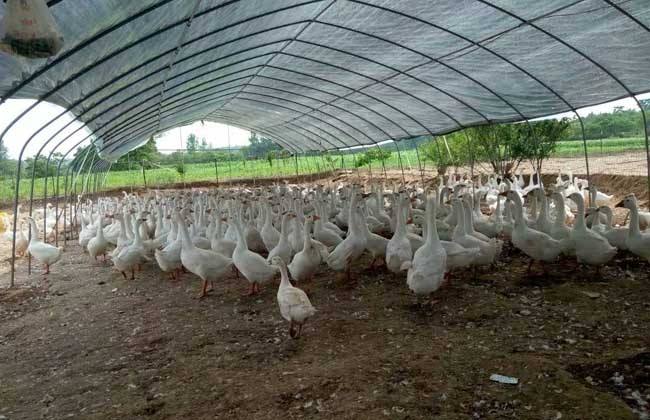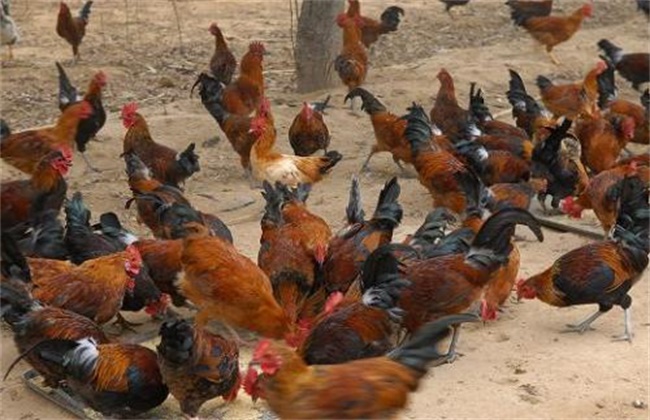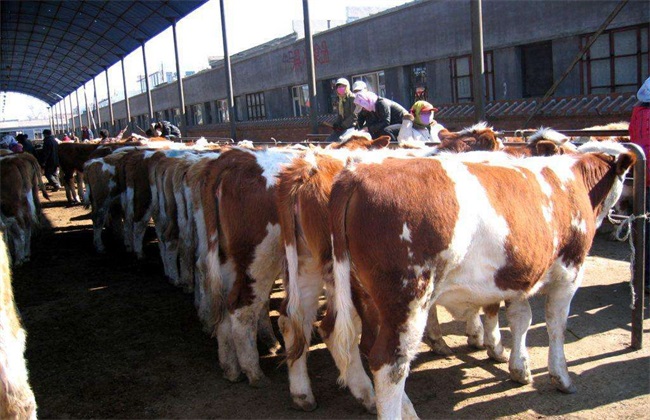Technical points of raising Duck in greenhouse
At present, there are many ways of raising ducks in our country, such as free breeding, captive breeding and greenhouse breeding. And many duck farmers raise ducks through the greenhouse, and have achieved very good breeding benefits. Because raising ducks in greenhouse has the characteristics of low input and high output, it is still very popular. However, there are also many people who affect the growth of meat ducks because of their immature breeding techniques. So today, the editor will give you a brief introduction to the technical points of raising ducks in the greenhouse. Let's have a look.

1. Choose a site to build a shed
When building a duck shed, the choice of the site is very important, it should be based on the leeward, sunny, good drainage and irrigation, adequate water and dry places. The height of the greenhouse should be maintained at about two meters, and the length and width of the greenhouse should be controlled according to the number of breeding. When building the greenhouse, we should install the bracket strictly according to the requirements, and then set up a good column and net support. After the establishment of the greenhouse, we should pay attention to laying the grass curtain on the shed surface, cover the grass curtain with a film, and set up about 75% sunscreen at the same time. Sunscreen should have good curl, easy to accept the sun and ventilation work.
2. Environment inside the shed
When raising ducks in the scaffolding, if it is sunny in winter, the grass curtains of about 1 and 3 should be rolled up every day from 9 to 16:00 to let the ducks receive the sun. The temperature in the shed should be kept at about 19 degrees, and the grass curtain should be covered every morning and evening to maintain the temperature and reduce the investment in breeding. In the case of rainy and snowy days, it is necessary to cover all the greenhouses, and then according to the temperature and humidity in the greenhouse, air quality and other factors, irregular ventilation. It should be noted that the greenhouse must be firm and durable, and properly ventilated, do not let ducks in a closed environment for a long time, to avoid meat ducks being suffocated.
3. Feeding preparation
After we have prepared the greenhouse, we must prepare for raising. Before raising, it is necessary to formulate a feeding plan and prepare the breeding room, breeding shed, feeding equipment and tools, and so on. Then it is necessary to carry out a comprehensive and thorough disinfection of the brooding room, which can be mainly fumigated and disinfected. The fumigant disinfectant uses formalin and potassium permanganate to fumigate the fumigation gas by opening the doors and windows for about a day. Then to ensure that heating equipment, ventilation equipment can be used normally. Before entering the chick, it is necessary to properly heat the brooding room and control the temperature within the suitable range of brooding.
4. Daily management
When raising ducks in the greenhouse, the temperature, humidity and light in the greenhouse should be adjusted according to the growth of the ducks. And do a good job of ventilation to maintain the air quality in the shed. At the same time, it is also necessary to ensure that ducks have adequate drinking water, must not feed moldy and deteriorated feed, and should give priority to high-quality feed. At the same time, the sanitary work in the duck shed should be done well, the cushion is soft and dry, and the feed is not caked, so as to create a good growth space for the ducks. At the same time, it is necessary to do a good job in epidemic prevention in strict accordance with the procedures, and if ducks die of illness, they should be treated innocuously in time to avoid spreading the virus.
The above is a brief introduction to the technical points of raising ducks in the greenhouse. That's all for today's introduction. This article is for reference only. I hope it can help you all.
Related
- On the eggshell is a badge full of pride. British Poultry Egg Market and Consumer observation
- British study: 72% of Britons are willing to buy native eggs raised by insects
- Guidelines for friendly egg production revised the increase of space in chicken sheds can not be forced to change feathers and lay eggs.
- Risk of delay in customs clearance Australia suspends lobster exports to China
- Pig semen-the Vector of virus Transmission (4)
- Pig semen-the Vector of virus Transmission (3)
- Five common causes of difficult control of classical swine fever in clinic and their countermeasures
- Foot-and-mouth disease is the most effective way to prevent it!
- PED is the number one killer of piglets and has to be guarded against in autumn and winter.
- What is "yellow fat pig"? Have you ever heard the pig collector talk about "yellow fat pig"?



